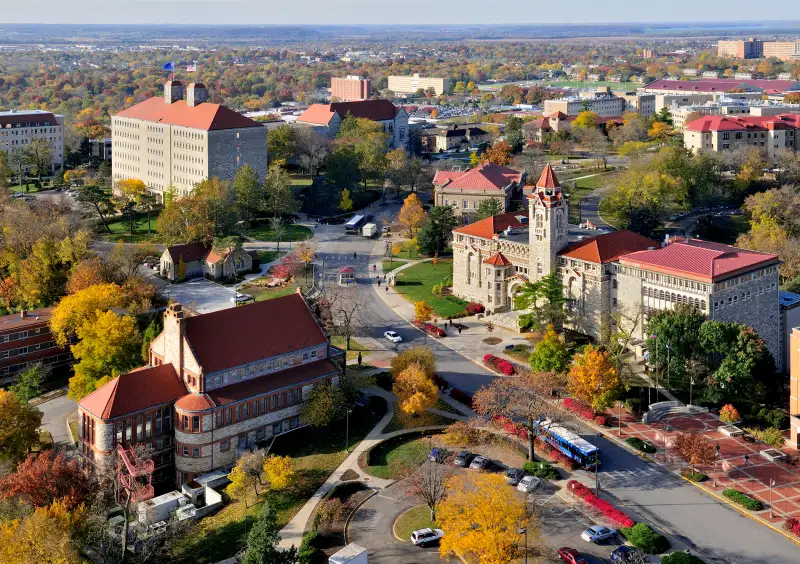The Best State Schools for Out-of-Staters

Many parents today, perhaps recalling their own college search, assume that public universities will be a lot cheaper than private ones. But that’s often not the case anymore, especially for students applying outside their home states.
At least 20 popular public colleges have list prices of more than $50,000 a year for out-of-staters, rivaling many top private schools.
Those scary sticker prices don’t tell the whole story, however. Although many public colleges are exceedingly expensive for out-of-staters, Money found others where a significant percentage of students pay less than full price.
While your own state’s schools are likely to be your most economical option, you can find worthy contenders by asking about the following.
Deals With Other States
A variety of public colleges offer discounts to students from nearby states. At the University of Minnesota, for example, more than 43% of out-of-state students pay instate tuition because they come from states with reciprocity agreements, such as Wisconsin.
Students in the South, meanwhile, can take advantage of the region’s Academic Common Market and pay in-state prices at an out-of-state school to study a major not available in their home state. The New England Regional Student Program offers similar tuition breaks.
Aid for Strong Students
Many highly ranked public colleges try to lure top students from other states with merit scholarships. At the University of South Carolina, for example, two-thirds of out-of-state freshmen receive scholarships starting at more than $9,100 a year. Top students, with high GPAs and SAT scores over 1500, may get full-tuition scholarships, says Scott Verzyl, USC’s associate vice president for enrollment management.
A handful of elite public colleges also offer need-based grants. The University of Michigan says it covers the full demonstrated financial need for out-of-state students from families earning up to about $90,000 a year.
Of course, competition can be fierce. While there are some small scholarships for B students, out-of-staters shouldn’t expect a lot of aid unless they are in the top 25% of the pool or have SAT scores over 1300, says Stuart Canzeri, a college counselor in Atlanta.
